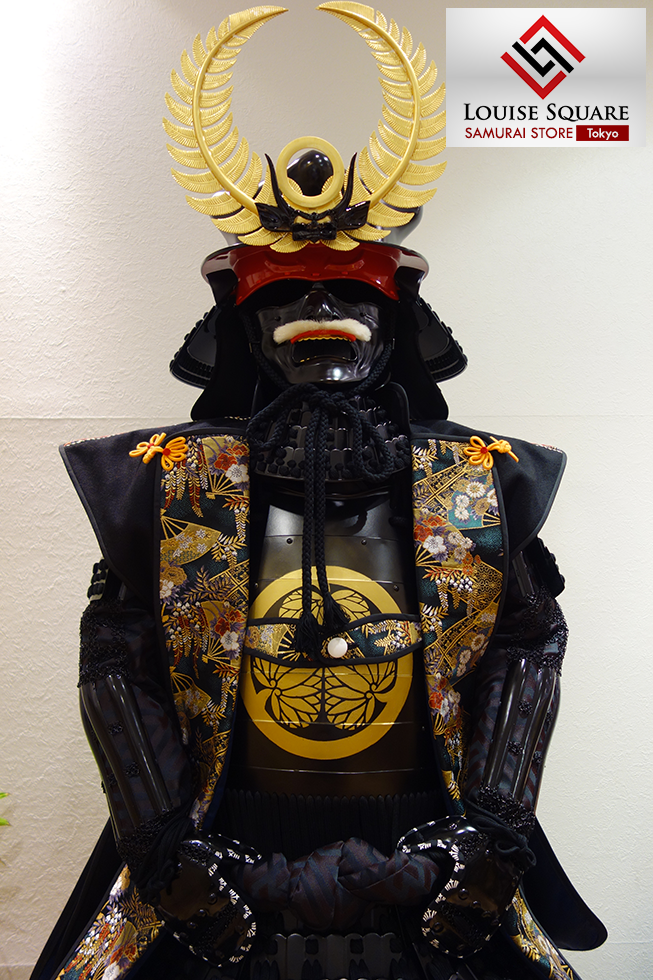
LS11 TOKUGAWA IEYASU Black armor Samurai Store Tokyo Aoyama
Armour from the Kii Tokugawa Family, 17th century. Minneapolis Institute of Art. In 2009, it sold for $602,500, the highest bid in Christie's history for a Japanese armour. [9] Armour with a medieval revival style. Cloud dragon is drawn using technique. Edo period, 19th century, Tokyo Fuji Art Museum

Armadura de Tokugawa Ieyasu Armaduras, Arte, Casco De Samurai, Armadura
Ieyasu capped a military career that spanned six decades with a victory in the Battle of Sekigahara in 1600 that left him in effective control of the nationwide political confederation that.
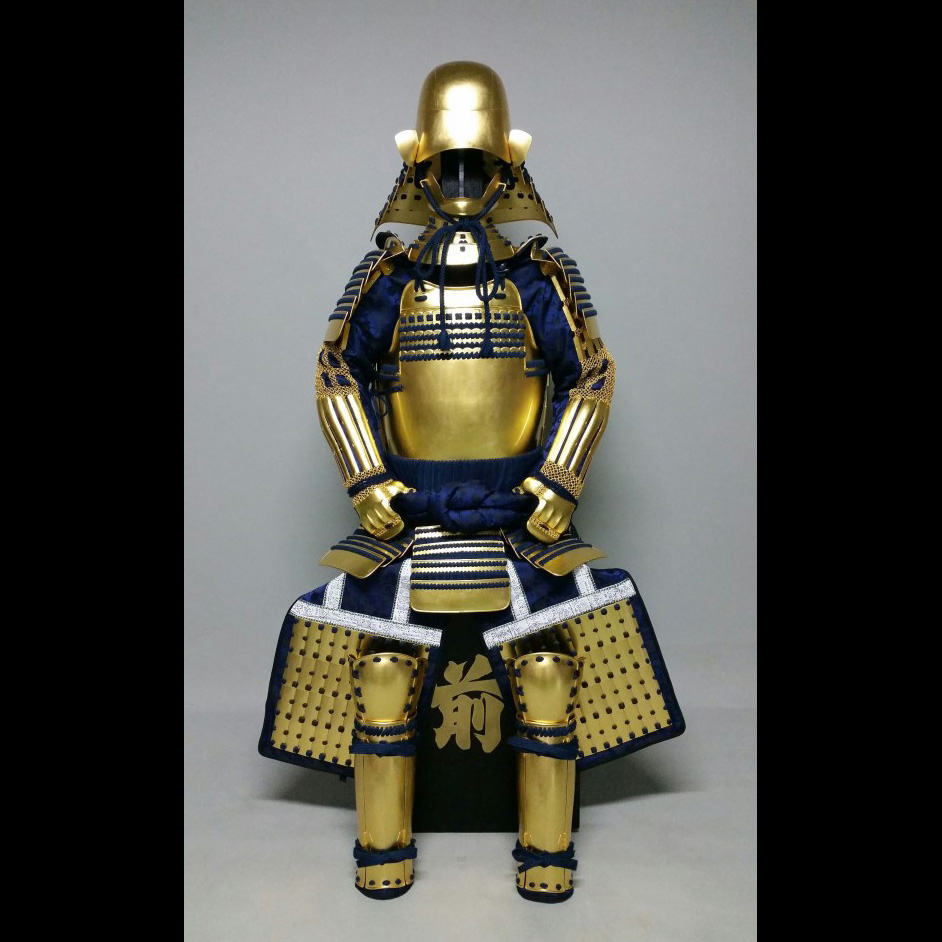
Tokugawa Ieyasu Armor
The 3 Japanese Warlords Who Unified Japan. Warlords Oda Nobunaga, Toyotomi Hideyoshi and Tokugawa Ieyasu worked both together and at odds to forge a nation from a feudal war zone. by M.G. Haynes 4/26/2022. This armor once worn by Tokugawa Ieyasu is in the collection of the Tokugawa Art Museum, in Nagoya. (Tokugawa Art Museum, Nagoya)

Armadura de Tokugawa Ieyasu Samurai armor, Samurai helmet, Japanese
In September of 1600, Tokugawa Ieyasu won a decisive victory over rival daimyo factions, including supporters of Hideyoshi's heir, Hideyori. The Tokugawa military government, based in a new capital city at Edo (present-day Tokyo), achieved unparalleled control over the country, lasting more than 260 years, from 1600 to 1868.
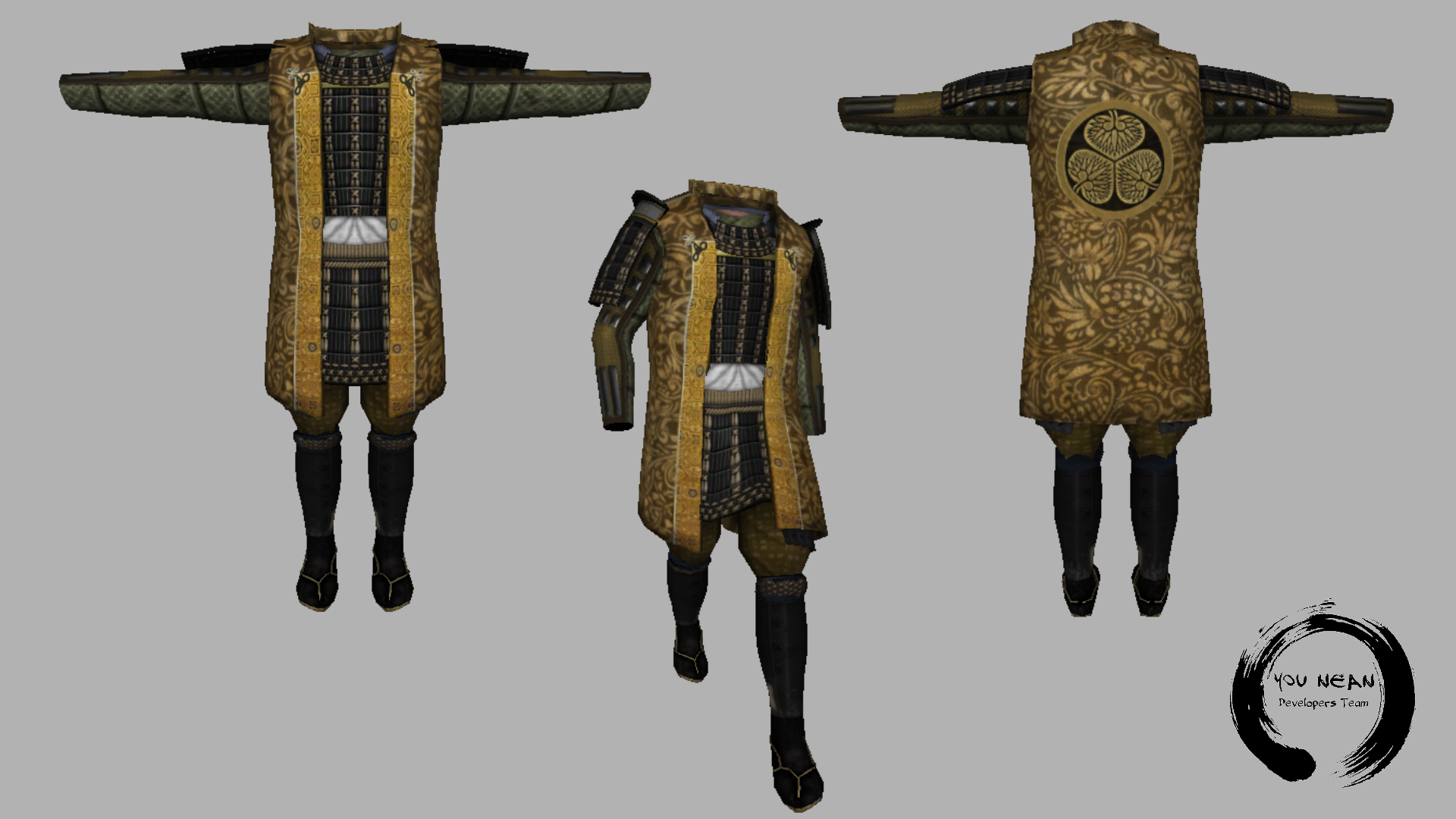
Tokugawa Ieyasu Armor Preview image War of the Samurai mod for Mount
Tokugawa Ieyasu (1542-1616) was the founder and 1st shogun of the Tokugawa bakufu, and father of Tokugawa Yoshinao (1600-1650), the first head of the Owari Tokugawa clan. Helmet and.
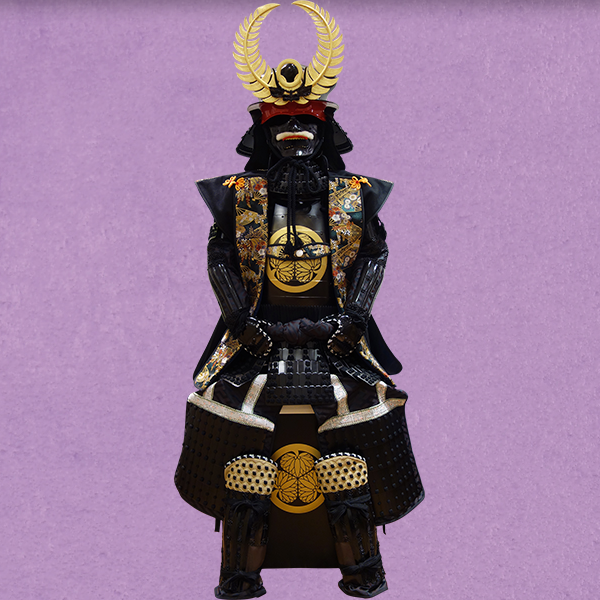
LS11 Tokugawa Ieyasu Reproduction Samurai Armor SAMURAI STORE
The story of Tokugawa Ieyasu is an iconic tale of perseverance, patience, and a steady rise from rags to riches. To rise from a hostage to the most powerful man in Japan was certainly an unbelievable task, but Tokugawa Ieyasu did it, and, in the process, helped transform Japan into a unified, modern state.
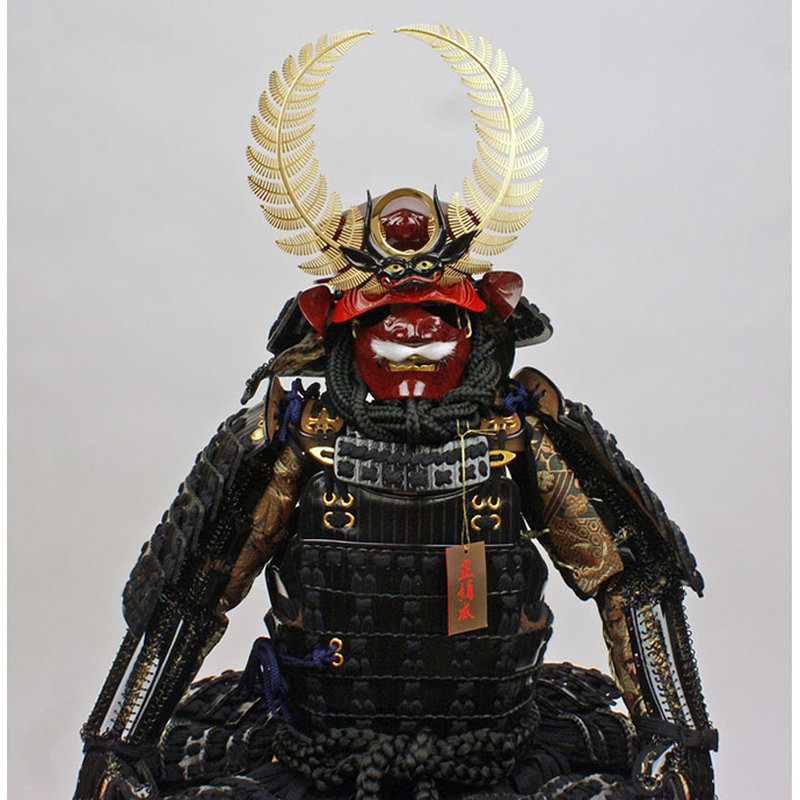
kobotensho Rakuten Global Market May doll Oyama armor armor Kabuto
The type of armor worn by high-ranking samurai cavalrymen from about the late Heian through the early Muromachi periods (mid-twelfth-fourteenth century) is referred to as yoroi. Because yoroi tended to be larger and more extensive than the types of armor worn by the infantry, they are often referred to as -yoroi (great armors).

Tokugawa Ieyasu armor 鎧兜
Tokugawa Ieyasu (1543-1616) was a Japanese military leader who reunified Japan at the beginning of the 17th century after a long period of civil war, known as the Warring States or Sengoku period.He created a new government controlled by the Tokugawa family that ruled Japan until 1868. Rise to Power. Ieyasu, whose real name was Matsudaira Takechiyo, was born in 1543 in Okazaki Castle near the.
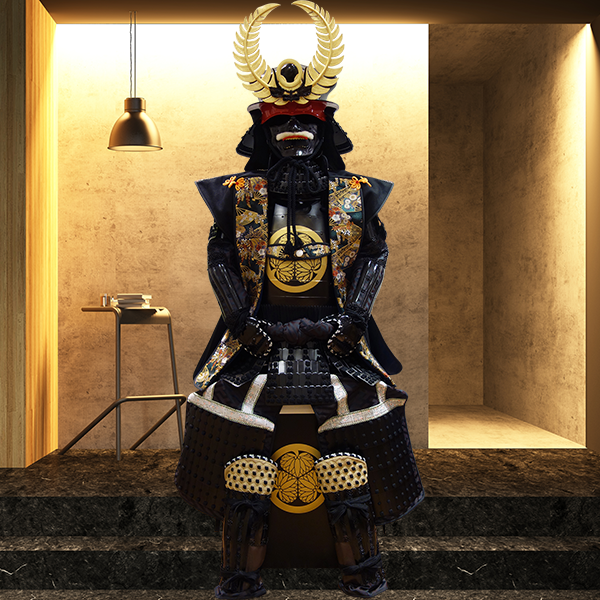
LS11 Tokugawa Ieyasu Reproduction Samurai Armor SAMURAI STORE
The three samurai who unified Medieval Japan These shrewd leaders led their armies to multiple victories on the battlefield that put the island nation closer to unification after decades of.
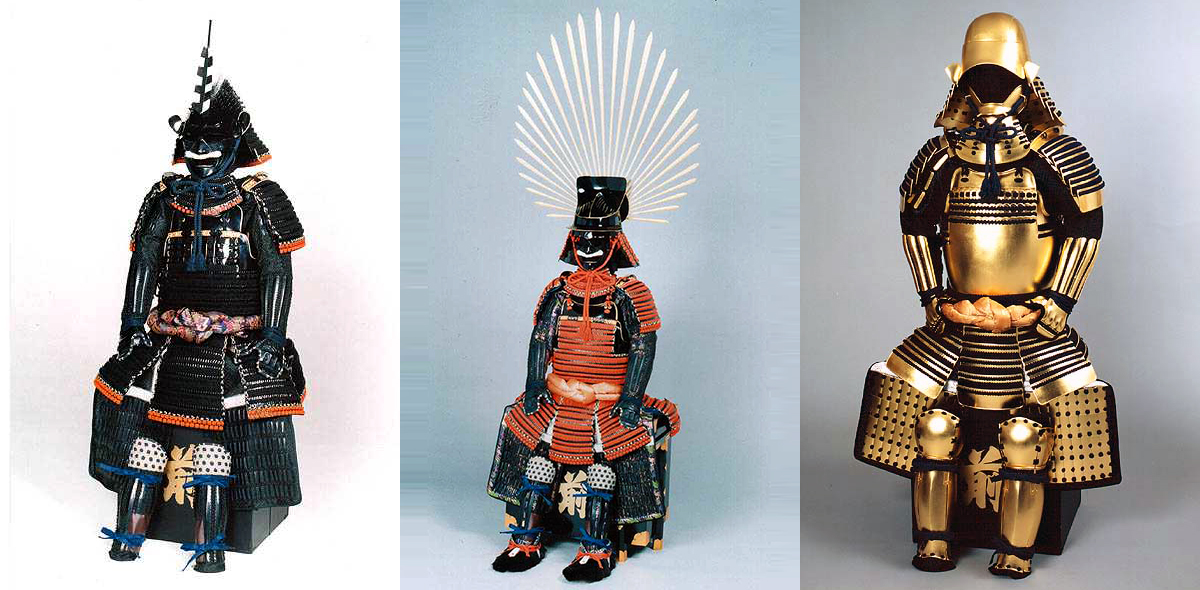
Japanese Armor Oda Nobunaga, Toyotomi Hideyoshi, Tokugawa Ieyasu
Tokugawa Ieyasu [a] ( 徳川 家康, January 31, 1543 - June 1, 1616; born Matsudaira Takechiyo and later taking other names [b]) was the founder and first shōgun of the Tokugawa Shogunate of Japan, which ruled from 1603 until the Meiji Restoration in 1868.
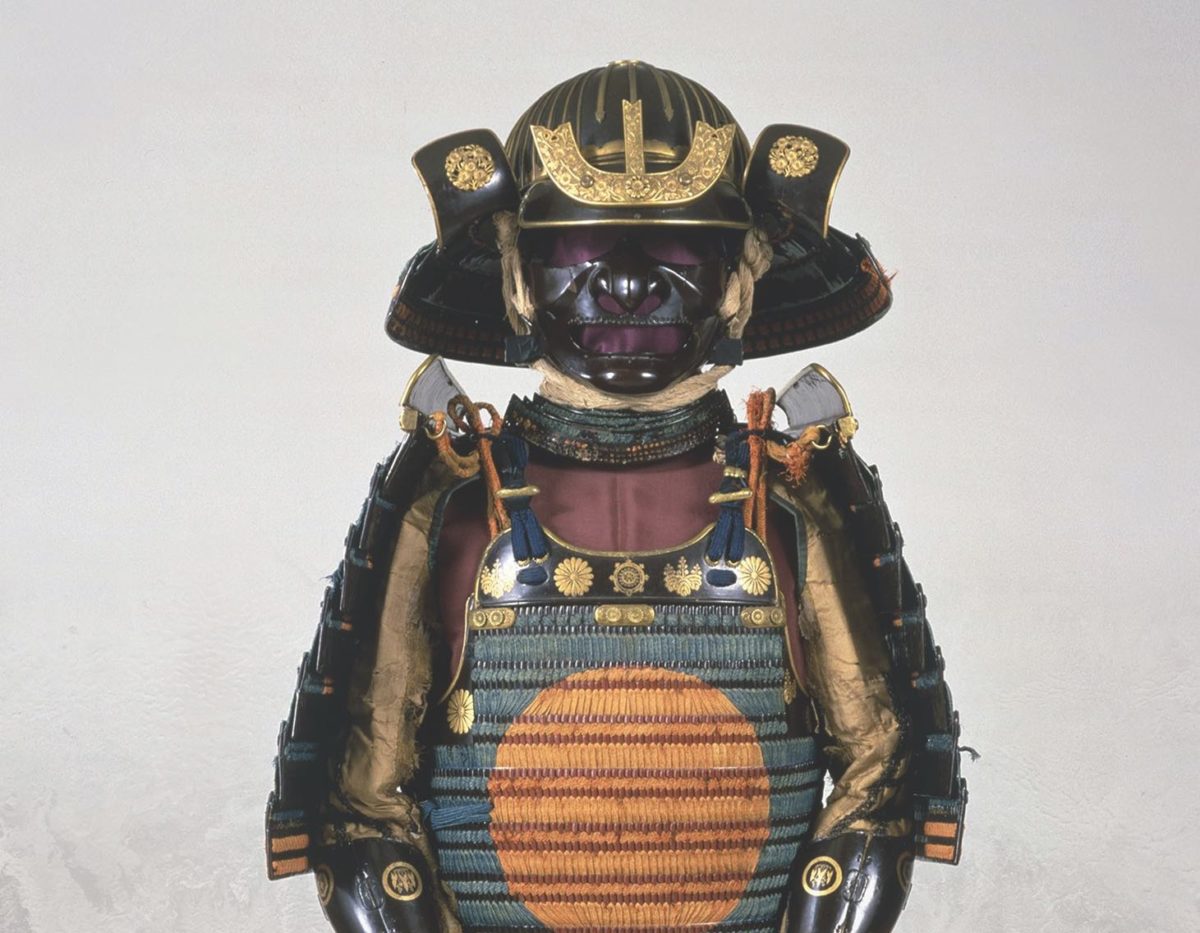
The 3 Japanese Warlords Who Unified Japan
A Sumptuous Suit In 1600, the Tokugawa family took control of Japan. Their rule brought 250 years of peace and stability to the country, an era known today as the Tokugawa or Edo period. This suit of armor was made early in this reign in the Kii Province, which was headed by Tokugawa Yorinobu (1602-71), the tenth son of the dynasty's founder.

The 25+ best Tokugawa ieyasu ideas on Pinterest Japanese temple
With Tokugawa Ieyasu (1543-1616) winning the decisive Battle of Sekigahara in 1600 and unifying all the local warlords under his rule, Japan returned, after a century of military conflicts, to peace and stability. This entailed, however, a significant decrease in the production of arms and armor, and by the end of the seventeenth century only.
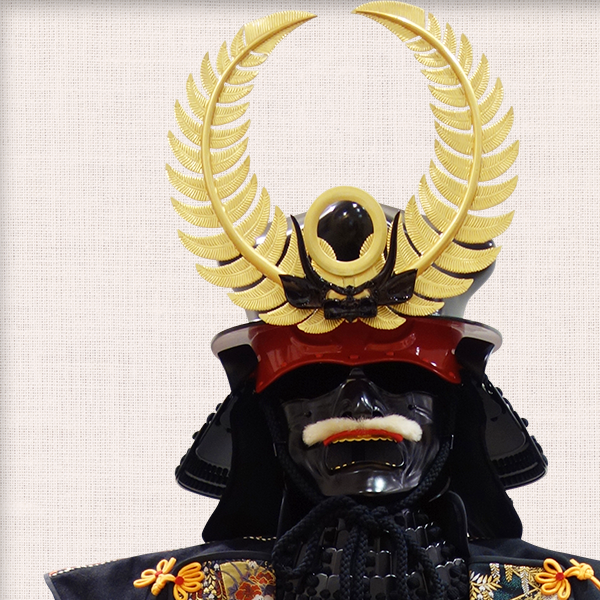
LS11 Tokugawa Ieyasu Reproduction Samurai Armor SAMURAI STORE
Tokugawa Ieyasu (previously spelled Iyeyasu; 徳川 家康) (January 31, 1543 - June 1, 1616) was a Japanese warrior and the founder and first shogun of the Tokugawa shogunate of Japan which ruled from the Battle of Sekigahara in 1600 until the Meiji Restoration in 1868.

Pin on Samurai
Located outside the paid shrine area, the Nikko Toshogu Museum (Homotsukan) was opened in 2015 to commemorate the 400 year anniversary of Tokugawa Ieyasu's death. Inside this modern building is an impressive collection of the former shogun's personal effects from armor and swords to writing utensils and letters that he wrote.

A replica of Tokugawa Ieyasu’s golden armor which he wore during the
Ieyasu knew their power well: In May 1564, as a young man, he had almost died when a bullet pierced his armor. Ashigaru, or foot soldiers, fire their tanegashima (arquebuses) in a 19th-century.

Royal Collection Trust publishes 'Japan Courts and Culture' Alain.R
The precise reproduction of Warlord Tokugawa Ieyasu's most famous heritage suit of armor featuring the Daikoku-Zukin helmet with the beaten gold fern fronds headerboard. 100% handcrafted by 30 or more skillfull artisans. It is known he won the Sekigahara great battle with this armor.